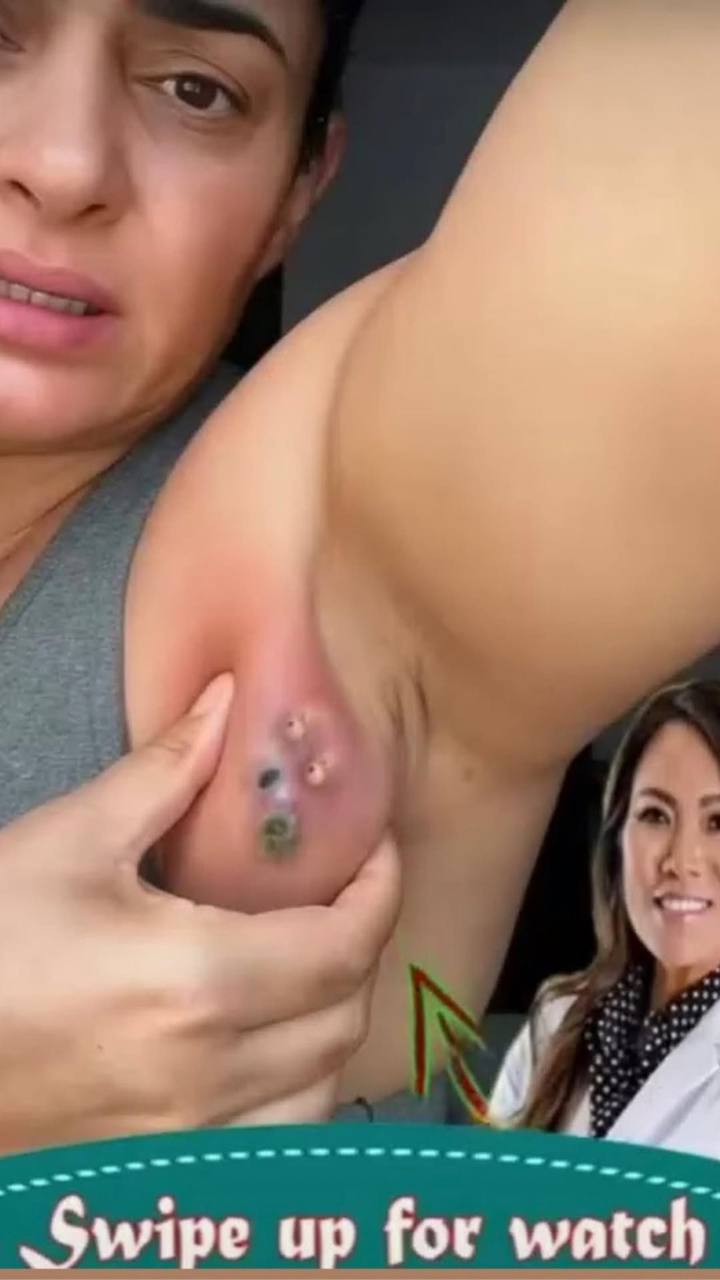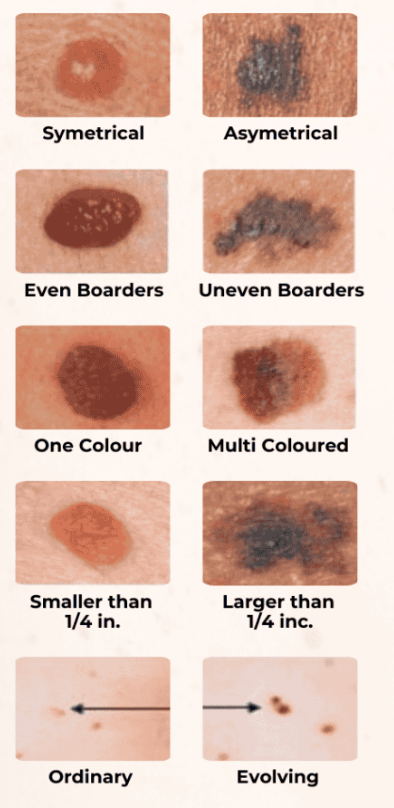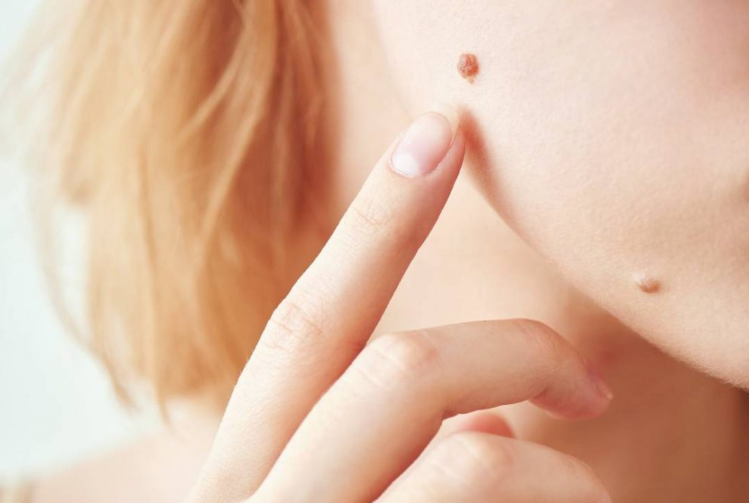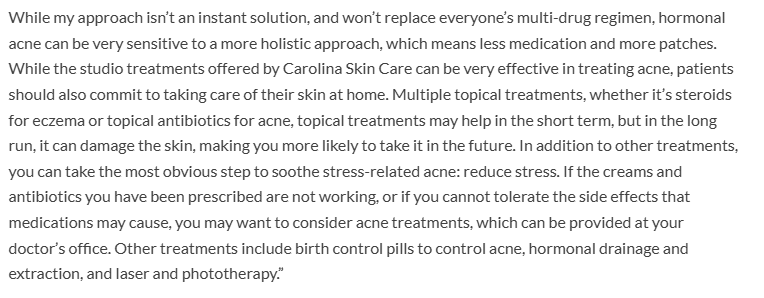Human Body Systems Overview
Every person’s body is unique, shaped by genetics, lifestyle, diet, and environment. Still, the human body works as one complex, interconnected system—meaning a problem in one area can often affect another. That’s why symptoms that seem unrelated, such as fatigue, skin problems, or digestive discomfort, may actually point to deeper health concerns. These subtle signs are the body’s early warning system, helping us detect imbalances before they become serious.
Common Causes of Imbalances
-
Poor lifestyle habits: unhealthy diet, lack of exercise, smoking, or heavy drinking
-
Chronic stress: emotional strain that disrupts sleep, digestion, and skin health
-
Environmental factors: exposure to toxins, allergens, or pollution
-
Lack of sleep: weakens the immune system and affects hormone balance
-
Underlying medical conditions: such as diabetes, thyroid disorders, or digestive issues

How to Prevent Health Problems
-
Eat a balanced diet rich in whole foods, fruits, and vegetables
-
Exercise regularly to strengthen body and mind
-
Manage stress through relaxation, meditation, or yoga
-
Get enough quality sleep to restore energy and healing
-
Stay hydrated to support detox and body functions
-
Schedule regular checkups for early detection of issues
-
Pay attention to your body and seek medical advice when something feels off
By understanding how the body’s systems are connected and practicing healthy daily habits, you can prevent many problems before they start. Taking care of your body today is the best investment in your long-term well-being.
Asymmetry : One half of the mole doesn’t match the other.
– Border : Edges are irregular, blurred, or ragged.
– Color : Shades vary within the mole (brown, black, red, white, or blue).
– Diameter : Larger than 6 millimeters (about the size of a pencil eraser).
– Evolving : Changes in appearance over time.
In case any mole fits these criteria, consult a doctor immediately.

Other Types of Skin Growths to Watch For
Though abnormal moles get much attention, there are other growths that shouldn’t be ignored:
– Actinic Keratoses : Rough, scaly patches caused by sun damage; precursors to squamous cell carcinoma.
– Basal Cell Carcinomas : Pearly or waxy bumps, often appearing on sun-exposed areas.
– Squamous Cell Carcinomas : Firm, reddened nodules or flat lesions with crusted surfaces.
– Seborrheic Keratoses : Harmless brown or black growths resembling stuck-on dirt, though sometimes mistaken for cancerous lesions.
Signs That a Skin Growth Is Serious
Below are additional red flags to watch for:
– A growth that suddenly appears or grows rapidly.
– Persistent itching, pain, or bleeding around the area.
– Discoloration spreading beyond the border of the mole.
– An open sore that won’t heal.
What Should You Do If You Notice a Suspicious Growth?

– Self-Examine Regularly : Check your skin monthly using good lighting and mirrors to spot new or changing growths.
– Consult a Dermatologist : Schedule an appointment if anything looks unusual. Professionals can perform biopsies or recommend removal if necessary.
– Protect Your Skin : Reduce future risk by wearing sunscreen, avoiding tanning beds, and covering up during prolonged sun exposure.
Real-Life Stories: Why Early Detection Matters
Sarah, a 42-year-old teacher, dismissed a tiny mole on her arm as “just part of getting older.” After months of ignoring its growing size and irregular edges, she finally sought advice from the doctors—and learned it was melanoma. Due to early intervention, surgeons removed the affected tissue before it spread further.
Sarah now advocates for regular skin checks. “Had I waited longer,” she says, “it might’ve been too late.”
Prevention Tips to Keep Your Skin Healthy

– Know Your Family History : Genetics play a role in skin cancer risk.
– Limit Sun Exposure : Stay indoors during peak UV hours (10 AM–4 PM) and wear protective clothing.
– Use Broad-Spectrum Sunscreen : Apply SPF 30+ daily, even on cloudy days.
– Share this information with your doctor.
– Avoid Tanning Beds : They increase melanoma risk by up to 75%.
Conclusion
Not all skin growths are cause for alarm, yet being vigilant ensures peace of mind and timely action if needed. Keep in mind, catching potential issues early significantly improves outcomes. So next time if you notice a suspicious mole or bump, don’t hesitate—get it checked out. Your life could depend on it.
If topical treatment alone does not improve acne, or if acne is severe or extensive, oral medications are the best option.
If you’ve tried several topical medications without success, or if your condition is severe, oral acne medications are usually the next step in the treatment.
Treatment usually includes oral antibiotics and applying a prescription gel or topical cream to the skin. Depending on people with acne, treatment may include using prescription creams to prevent acne, taking antibiotics to kill bacteria that contribute to acne, or if acne is severe. taking stronger medications such as like isotretinoin, or even minor surgery.
Even if you have tried topical acne treatments such as creams or gels without any lasting results, laser therapy might be the right solution for you. While I would like you to try natural remedies first, if you are not seeing improvement and severe hormone acne is making your quality of life worse, other treatments can make a real difference. While it may take a while, treating hormonal acne from the inside out until your hormones are in their natural happy balance will allow your skin to heal.


